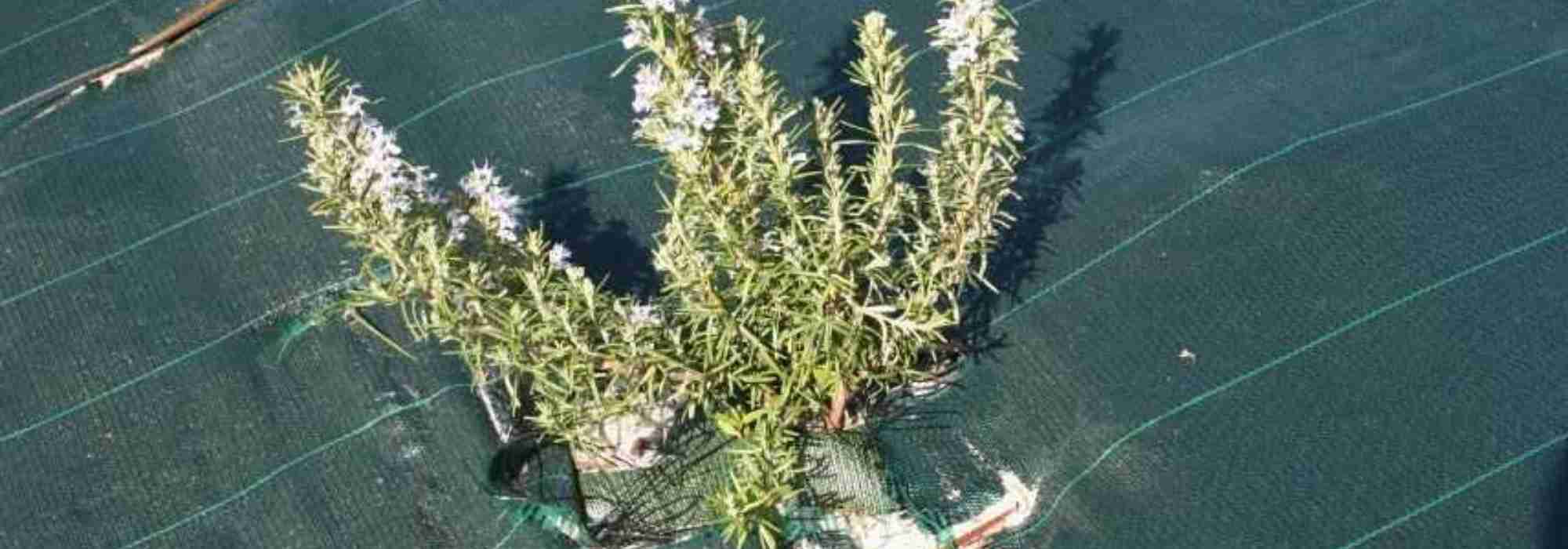
How to choose and lay a weed-control membrane?
A solution against naked soil
Contents
Mulching, as we know, offers many advantages: protection of vegetation, reducing water loss, limiting growth of adventive plants… Naked earth is indeed detrimental to soil and plants. Several solutions exist, but one of them could be laying a synthetic or biodegradable mulching fabric. What are the differences between polypropylene-woven synthetic fabric and biodegradable hemp or jute fabric? How to choose between different types of mulching fabrics? But above all, where and how to lay a mulching fabric or planting film in the garden? Find out everything in our guide.
What is weed-suppressing fabric and what is it used for?
A mulch fabric is an element that allows mulching a bare area of soil. This artificial mulch can come as slabs or as a roll of fabric to unroll. This mulch fabric can be made from synthetic or biodegradable materials. It should be laid on surface to be cultivated before sowing and planting (then called planting film). A mulch fabric can be used in vegetable patch to surround vegetables, at base of trees and bushes or to protect perennials and annuals. Mulch fabric is permeable to water and air.
Advantages of a mulch fabric are the same as those of a good mulch. Except that a mulch fabric will be more durable over time whereas a mulch will break down and add nutrients to soil. Benefits of a mulch fabric are as follows :
- Prevents growth of adventive plants by blocking their photosynthesis through shading.
- Reduces water loss through evaporation : a mulch fabric, like a mulch, helps retain moisture at base of plants longer than if soil is bare.
- Increases soil temperature in early spring : planting can be brought forward and shoot growth accelerated. Mulching can also protect certain plants from frost.
- Holds soil in place on sloping banks.
- Prevents soiling of fruits and vegetables : if strawberries or courgettes, for example, lie on bare soil they will first be soiled by soil and then rot. Thanks to the mulch fabric, everything stays clean and dry.
But a mulch fabric is also resistant to water, to large temperature fluctuations and to UV. If weight (grammage) is high and material strong enough, mulch fabric can even withstand trampling.
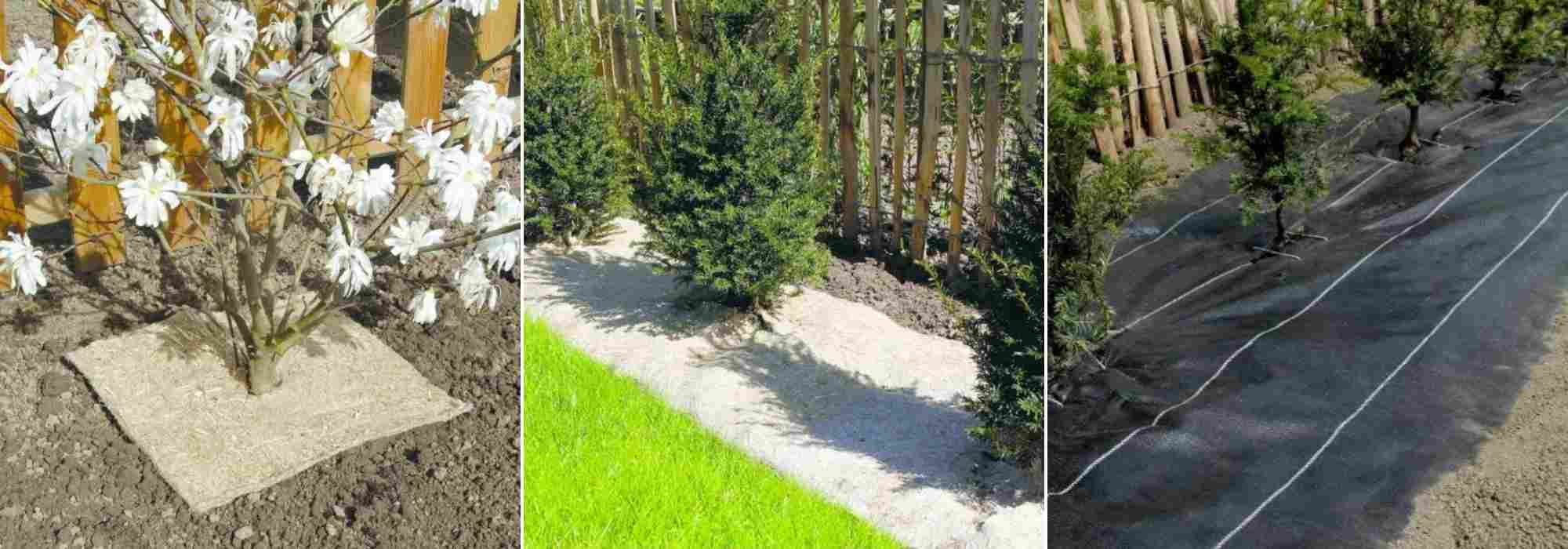
Hemp slab for single specimen, hemp roll fabric and synthetic planting film roll for hedging
Read also
Mulching: Why? how?How to choose a weed-control fabric?
Types of mulching fabrics
Mulching fabrics are made from either synthetic material or from biodegradable material.
Biodegradable fabrics should only be used for short-term mulching because they break down in less than one year. They are therefore ideal for vegetable patches, planting perennials in beds or for planting fast-growing perennials or groundcover bushes. They are available in jute, hemp, chanvrelin (hemp + flax), coir or sisal. As they break down in soil, this type of mulch fabric helps to enrich and improve soil much like a vegetal mulch (dead leaves, straw, chipped branches…). Note that their brown colour helps them blend more harmoniously into gardens.
Synthetic fabrics are more durable over time: from two years up to sometimes 10 years (or more depending on grammage). They are therefore used as mulch where plants will grow more slowly and for longer. Synthetic fabrics are particularly suitable for the base of a hedge or for vegetating a slope. They are, in most cases, made from polypropylene.
please note : Be careful about colour of fabric: favour dark or natural tones! But you can always hide an unattractive fabric with a bark mulch or a mineral cover.

Synthetic fabric on left, biodegradable hemp squares on right
Square or roll?
Squares, presented as 40 cm by 40 cm (but sometimes nearly 1 m²), are most often made from biodegradable material such as chanvrelin: 70% hemp and 30% flax. They are ideal for covering the base of a tree or of a bush or for covering an entire vegetable bed in the case of the larger sizes.
Rolls are more economical and better suited to large areas. They are available either in biodegradable materials such as chanvrelin, hemp or jute, or in synthetic materials such as non-woven polyester geotextile felts or woven polyethylene fabrics.
Fabric grammage
Grammage defines thickness and quality of your mulch fabric. The figure represents weight over an area of 1 m², i.e. X g/m². A grammage of around 90 g/m² lets water and air pass very well: it is therefore ideal for plants. A higher grammage of 130–140 g/m² is less permeable but more resistant. It is therefore used in more demanding locations: areas of frequent passage, slopes, or if you intend to cover the fabric with a heavy mulch (bark or stones). Fabrics with such grammage can last up to 20 years without issue.
UV treatment
A UV treatment for synthetic fabrics is essential because it protects against UV. Synthetic mulching fabrics that have not undergone UV treatment degrade within the first year. Be cautious if you come across planting film that is unusually cheap.
→ Discover all our biodegradable or synthetic mulching fabrics and squares in our online nursery.
Discover other Conventional garden mulching fabrics
View all →Available in 1 sizes
Available in 1 sizes
Available in 2 sizes
Available in 2 sizes
Available in 3 sizes
Available in 2 sizes
Available in 2 sizes
How to install a weed membrane?
Installation of mulching fabric is not complicated, but some important points should be considered. This installation should be carried out outside frost periods to make laying and fixing easier. Apart from that, mulching fabric can be laid at any time of year, but ideal is to do it before planting: in spring or autumn.
Soil preparation
After laying mulching fabric, it will be too late. A thorough preparation of soil should therefore be done before laying.
- Aerate and loosen soil using a broadfork or digging fork
- Remove roots of adventive plants, stones, debris of all kinds…
- Level soil using a hoe then a rake.
Laying the mulching fabric
Soil is ready to receive mulching fabric. Two options are available: laying in mats or laying in rolls.
- Lay mats or unroll fabric over area to cover, leaving fabric overlapping edges by at least 30 cm. You should take this extra allowance into account when purchasing your fabric.
- If you need to use several mulching fabrics or if you are laying mats: overlap sections by 20 cm and fix them using U-shaped staples or specific polypropylene or metal nails.
Fixing the mulching fabric
You will not fix fabric the same way on flat ground as on a slope.
- On flat ground: stretch fabric as much as possible over surface and fix it at edges using staples. Staples should be placed on edges perpendicular to fabric edge about every 20 cm. Heap soil onto edges of fabric.
- On sloping ground: at top of slope, dig a mini-trench about 20 cm deep and bury first edge of fabric. Fix fabric to ground with staples every 20 cm, positioned perpendicular to fabric edge. Fix fabric at foot of slope with staples, ensuring it is well stretched. Continue fixing edges in same way as usual.
→ It is not always easy to mulch an area with a gradient, fortunately Gwenaëlle offers 3 solutions for slopes or sloping beds.
How to plant with mulching fabric?
Fabric is in place, so time to plant!
- Cut a cross at planting spots with diagonals slightly longer than rootball of plants to be installed. Open the four flaps formed outwards.
- Dig a hole and place the plant in the hole. Firm soil at base of plant and give a generous amount of water.
- Either cut away excess fabric (the legs of the cross), bury them in soil, or fix flaps with staples. The last solution is best, as fabric bordering the plant will then be well secured at that spot.
To go further...
Laying down polypropylene weed-control fabric is not always a panacea. In recent years, mulching fabrics have certainly improved: more resistant thanks to higher grammage and UV treatment. But, over time, problems can occur: holes may appear, a substrate can form on top serving as potting soil for adventive weeds, the fabric can shift… All that without even mentioning use of plastic in the garden…
Other solutions exist! Let’s not forget simple organic mulches, which offer all the advantages of a fabric while improving the soil. They are particularly useful, only drawback being the need to add more regularly. But think especially of ground-cover plants: perennials as well as bushes. These plants will be more durable and effective in the long term than a biodegradable or synthetic fabric. For more information, read Ingrid’s little rant on the subject: for or against mulching fabric.
→ Retrouvez toutes our ground-cover perennials and our ground-cover bushes in our online nursery.

Natural mulching and ground-cover plants (here Geranium macrorrhizum) are alternatives to mulching fabric …
- Subscribe!
- Contents
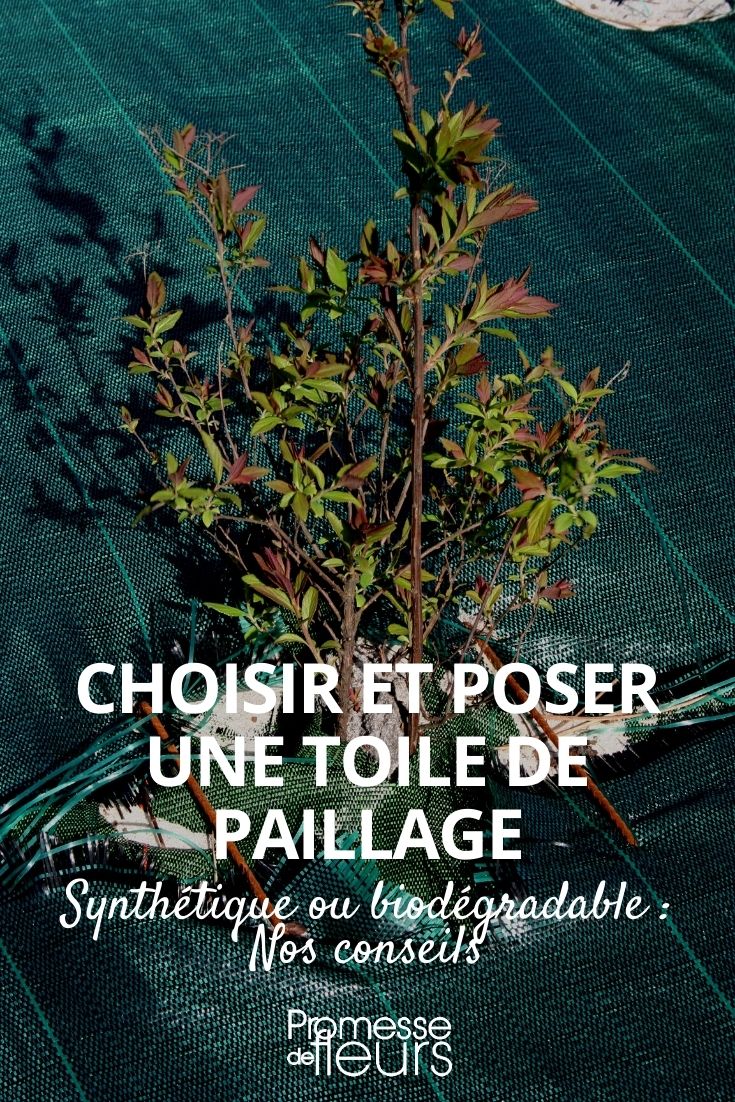































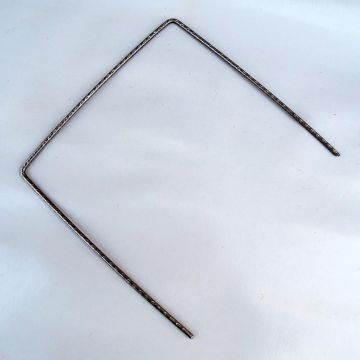
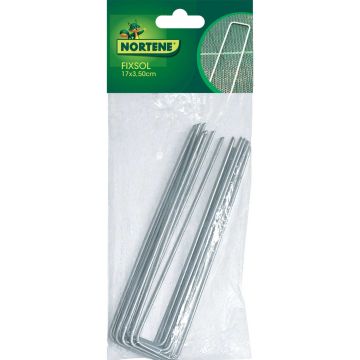
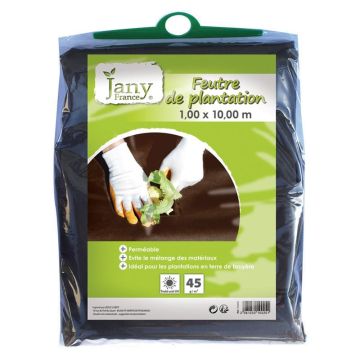
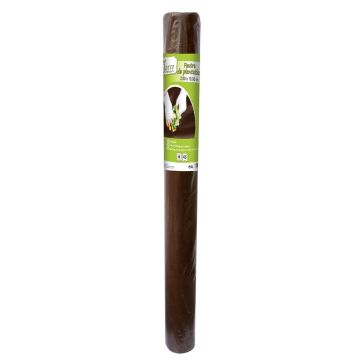
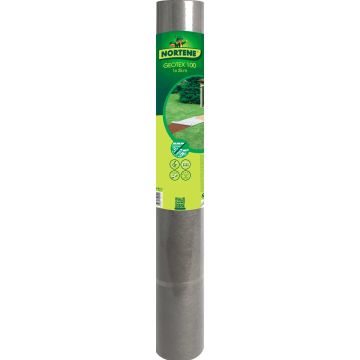
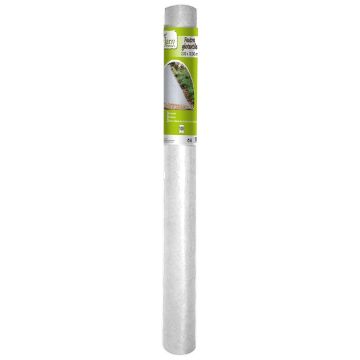
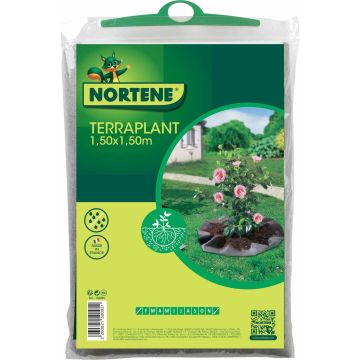
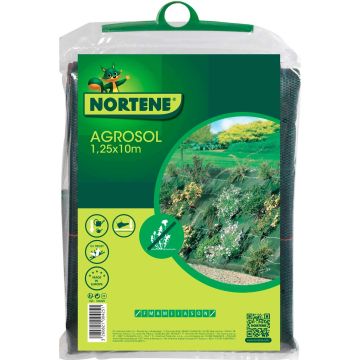
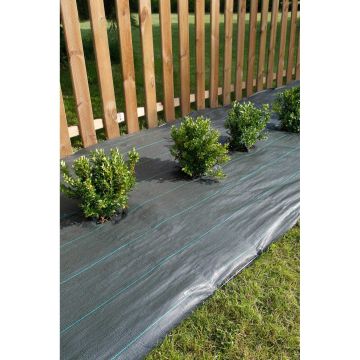
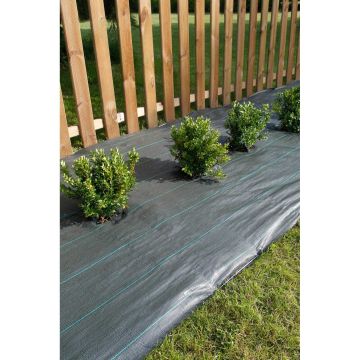
Comments